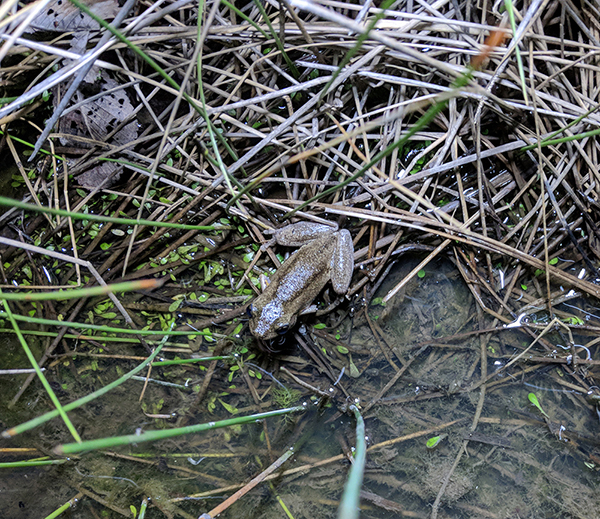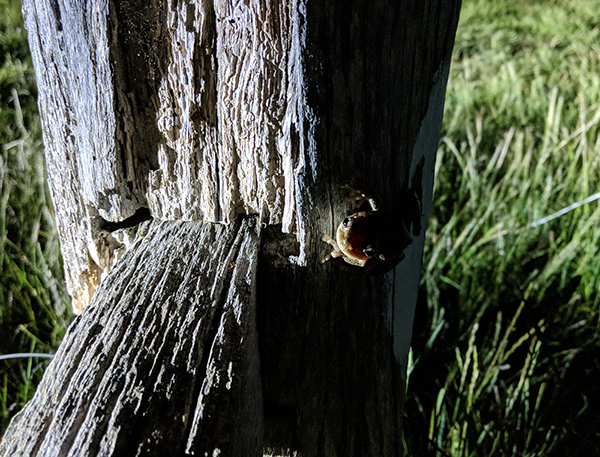Frog surveys conducted along Mulloon Creek in spring 2017 have established baseline data on the occurrence and abundance of frog species in the area.
Frogs are very sensitive to changes in their habitat and an important indicator of overall aquatic ecosystem health. Low frog diversity can help identify areas with environmental issues and assist with future land management of the area.
Seven different species were detected residing in and around Mulloon Creek: Common Eastern Froglet, Plains Froglet, Spotted Grass Frog, Eastern Banjo Frog, Peron’s Tree Frog, Whistling Tree Frog and Smooth Toadlet. This is a very promising result compared to the species expected in the catchment.
Frogs were found at all 63 survey sites within 16 transacts, with the greatest number of species at any one site being six, at eight of the sites. The Whistling Tree Frog was detected at every site which is promising as this species is currently recovering from strong population declines in the region due to amphibian chytrid fungus disease Chytridiomycosis (Ben Scheele, ANU). The Eastern Banjo Frog was detected at 58 sites, a much higher rate than during any FrogCensus activity in the ACT since 2002. The strong presence of both these species could indicate the presence of high value habitat suitable for their species-specific habitat preferences. While no Striped Marsh Frogs were found during formal surveys it has been observed in the catchment by keen frog enthusiasts.
Surveys were conducted by staff, volunteers and local landholders following a training event with Anke Maria Hoefer of ACT and Region Frogwatch, on how to identify and record frog species. Volunteers received a Frogwatch Census Kit containing field data sheets, thermometer and a CD of frog calls for help with identification.
Observers noted air and water temperatures and weather conditions, then recorded frog calls on their phones and made note of how many of the species could be identified at the site.
Ongoing follow up surveys will be conducted periodically to monitor the health of the creek as works in the Mulloon Community Landscape Rehydration Project continue and become more established.
Thanks to Anke Maria Hoefer for conducting the training and compiling this report and to all our survey volunteers for taking part. Well done also to our Research Coordinator Luke Peel for overseeing this project and braving late nights, rain and perilous treks around nighttime waterways to retrieve additional data.
If you’re keen to survey frogs in your area, try the Australian Museum’s FrogID app or access Ginninderra Landcare’s frog survey protocol.
You can view the full project report here:
Findings of Frog Surveys along Mulloon Creek, Spring 2017



